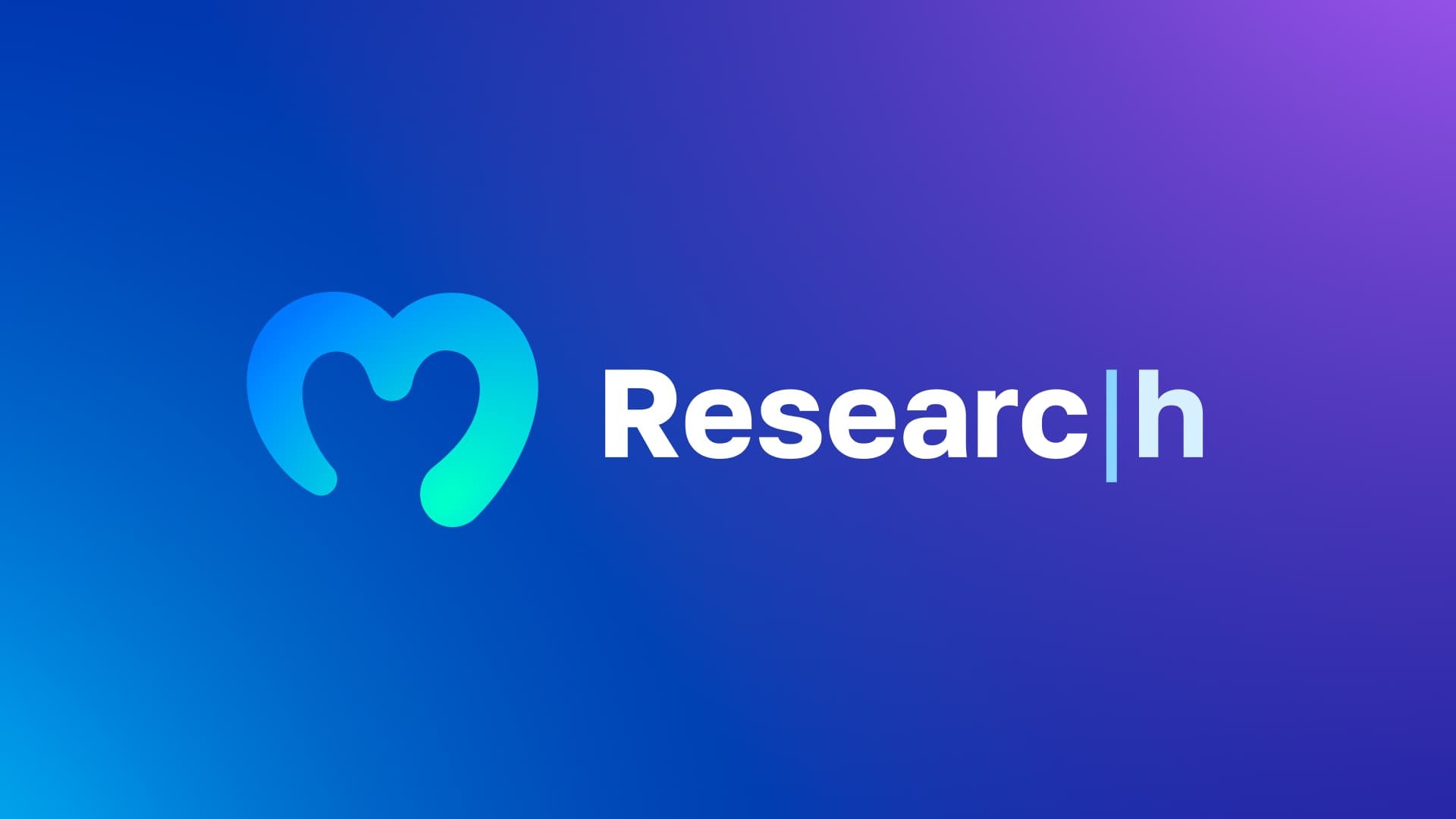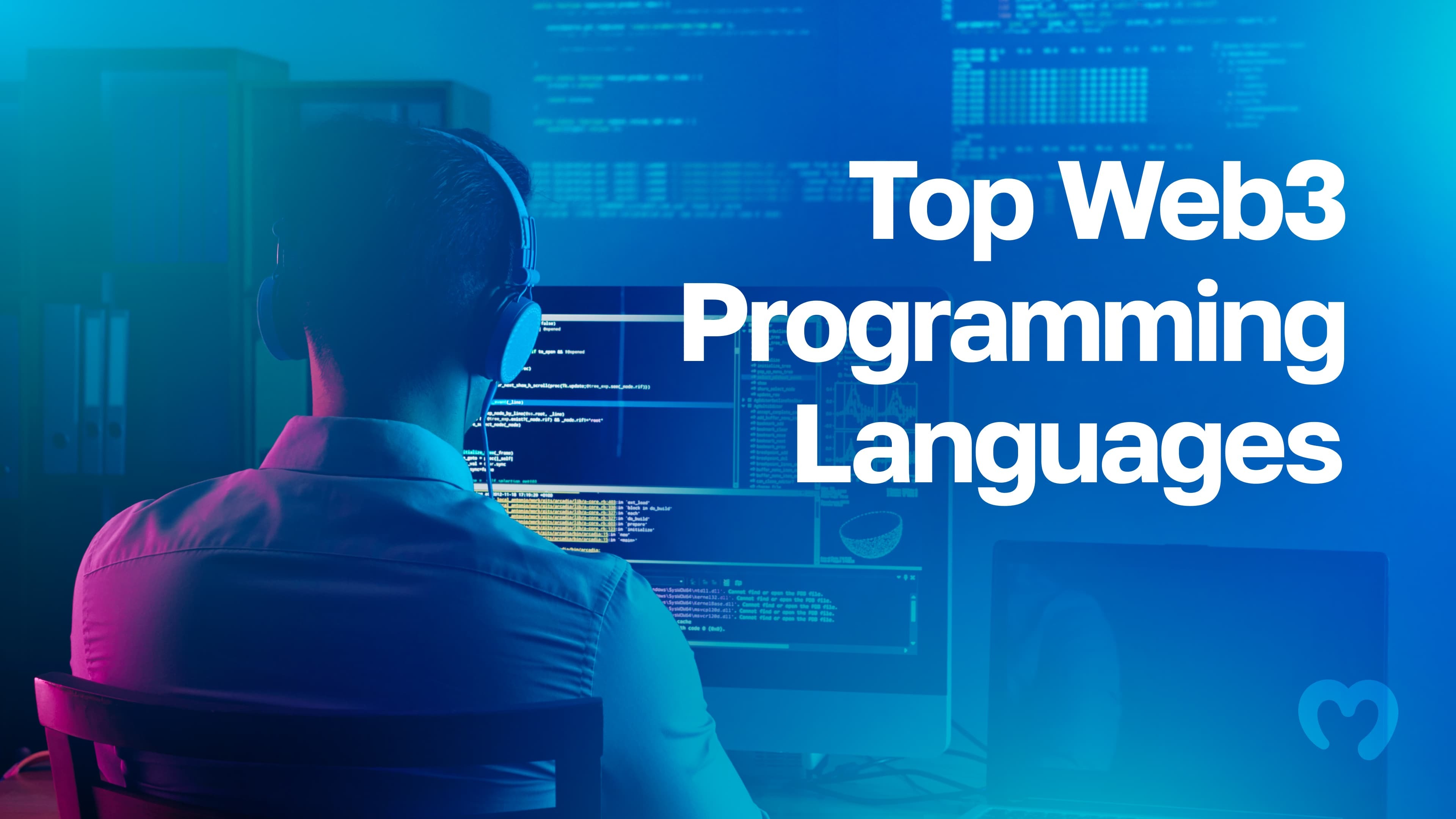The internet has gone through a significant evolutionary path since its launch in the 1980s. Today’s Web3 era is thoroughly transforming the internet, with many onlookers wondering, “How will Web3 change the world?”. The Web3 technological revolution introduces new ways people can use the internet to solve everyday problems. Sectors such as finance, gaming, and data storage have new, blockchain-based solutions at their disposal. While Web3 is still very new, it’s already entering various industries and providing individual users and businesses with innovative solutions. Instead of centralized, closed electronic systems, Web3 shifts the internet toward blockchain technology. Consequently, this technological shift enables Web3 developers to build decentralized, highly-versatile tech solutions and platforms. With Web3 decentralized platforms, users can conduct various everyday operations in a novel, user-centric manner. Thanks to Web3 technology, the internet is becoming a multifunctional communicational gateway.
In this article, we’ll explore the details of the internet’s evolution from Web1 to Web3. Also, we’ll learn the essentials of Web3 and address common questions surrounding the technology, such as, “What problems can Web3 solve?”, “What is the future of Web3?”, “How will Web3 change the world?”, and “How can Web3 change the future?”. Furthermore, we’ll explore why Web3 is the future of the internet and discuss several key areas and innovations to look out for.

Blockchain technology is what powers the Web3 era. Learn the essentials of blockchain technology and Bitcoin at Moralis Academy.
The Evolution of the Internet
During the early years of the internet, users had very few options at their disposal. The first period of the internet was the Web1 era, when users could only view read pages. Furthermore, users couldn’t interact with web pages besides reading or watching the available content.
Later, during the 2000s, users finally got the opportunity to become web content creators because of the interactive nature of Web2 platforms. The core idea behind Web2 was to allow users to participate in content production and interact with each other on various platforms. For example, YouTube, Facebook, and Instagram gave content-creating power to users. Web2 enables users to create videos and photos, express themselves, and post content online. However, Web2 platforms have numerous boundaries and limitations due to their strictly centralized operational mechanisms.
You can’t just post anything you want on a Web2 social network because these platforms have strict rules. Users need to abide by the platform rules because the platform can censor their profiles and erase their content at any time. What’s more, Web2 platform users don’t own the content they produce, the companies behind the platforms own the content. Also, Web2 platforms gather vast amounts of data from user profiles.

The Web3 Era
The Web2 era introduced user-generated content platforms and gave users brand-new possibilities in terms of interactivity and creativity. However, Web2 is subject to heavy centralization, and users have very little control over the content they produce. Web2 also offers users little control over privacy, financial transactions, and platform governance.
Web3 brings an entirely different perspective on the internet and how people can benefit from it. This new iteration of the internet focuses on decentralization, user ownership, financial independence, and new tech solutions. These are the core values and innovations of Web3, which rely on blockchain technology.
Instead of depending on companies that operate centralized Web2 platforms, Web3 users have complete control over their apps and platforms. One of the key reasons why Web3 is the future is the fact that it gives true power to users. The Web3 era is shifting the web from a company-centric, hierarchical approach to a user-focused, decentralized internet. Furthermore, blockchain networks and cryptocurrencies are essential tools of Web3 that are slowly transforming everyday life. Of course, Web3 is still in its infancy, and blockchain technology is yet to see mainstream adoption. However, the current scope of Web3 innovations already has businesses and individuals wondering, “How will Web3 change the world?” and “What problems can Web3 solve?”.

Web3 development is booming thanks to the rapid expansion of the blockchain industry. Learn Web3 programming at Moralis.
What Problems Can Web3 Solve?
Web3 uses sharply different tech solutions than traditional Web2 platforms, but what problems can Web3 solve in practice?
The dominant iteration of the internet is still Web2, which depends on centralized network architecture. These centralized electronic systems use closed security systems with single points of failure and usually use private servers to house all their data. The critical issue with such systems is that if a hacker breaches the security measures, they can compromise all the data. Since Web3 uses decentralized blockchain networks, there’s no single point of failure, and hackers can’t compromise the whole network by hacking a few nodes. Also, centralized Web2 platforms are prone to system outages and have slow processing speeds. It’s common for the leading Web2 social platforms to shut down for a few minutes or even hours due to high network congestion. Blockchain-based Web3 platforms offer more scalability because they use hundreds or thousands of independent validator nodes. In practice, Web3 apps eliminate dependence on centralized entities.
Apart from solving Web2 tech issues, one of the reasons why Web3 is the future is that it solves key issues with the legacy financial system. Cryptocurrencies don’t depend on central banks or any part of the fiat currency banking system. Users don’t need to have a bank account to hold crypto. Instead, anyone can use a crypto wallet app to store their money and exercise full ownership over their assets. Furthermore, crypto wallets don’t gather any personal information from users, which means that users get to retain their privacy.
Learn how to invest during a crypto bear market at Moralis Academy.
How Can Web3 Change the Future?
The traditional financial system and the Web2 internet use centralized operational mechanisms to facilitate transactions and let users interact with web platforms. Web3 disrupts the conventional, centralized internet by introducing significant changes to how people can manage their finances. Instead of using banks, electronic payment systems, and centralized data storage, Web3 lets users achieve financial independence through blockchain technology. Web3 can revolutionize finance and shift all transactions to the blockchain-based Web3 internet.
Imagine carrying out all transactions nearly instantly with a mobile crypto wallet app. Furthermore, there’s no bureaucracy, and you don’t need to provide personal data while managing your money. Banks and governments often dislike how Web3 changes financial relations and gives users power. However, crypto adoption is rapidly growing, causing regulators to wonder, “How can Web3 change the future?”.
Additionally, Web3 brings new types of asset ownership tools. Instead of signing contracts, hiring lawyers, and filing paperwork, blockchain transactions serve as proof of ownership. With non-fungible tokens (NFTs), users can tokenize anything from artwork, web domains, and documents to assets like real estate. Users can manage their money without banks and tokenize their belongings on the blockchain.
So, how will Web3 change the world and which aspects of Web3 are the most disruptive?

Cryptocurrencies power many Web3 decentralized apps, and they are the financial asset class of the Web3 era. Learn the essentials of cryptocurrency with the Crypto for Beginners course at Moralis Academy. Also, check our blockchain guides for a deeper understanding of the innovations of blockchain technology.
Web3 Uses Blockchain Technology
Web2 websites and bank systems use centralized servers to host their platforms and accompanying data. Blockchain networks answer the question of how will Web3 change the world. Instead of using centralized servers to host data, blockchains depend on thousands of network nodes for storage. There’s no single entity in control of public blockchains. Even private company blockchains use decentralized internal architecture to process traffic. Also, blockchains are immutable, and once a transaction is verified, nothing can change the contents of the data block.
Since blockchains use decentralized network nodes, they can offer much more scalability than conventional electronic networks. Some of the fastest blockchains on the market can process tens of thousands of transactions per second. Furthermore, the high throughput of most popular blockchains makes them an excellent choice for launching all types of dapps without worrying about network congestion.

Ethereum is one of the leading Web3 platforms, with thousands of innovative dapp projects. Learn the essentials with the Ethereum 101 course at Moralis Academy.
Decentralization
What problems can Web3 solve with decentralization? Web3 decentralization means that thanks to blockchain technology, no one can single-handedly shut down a dapp. If no central entity controls the network nodes, there’s no possibility of a system shutdown by a bad actor. Likewise, there’s no possibility of a network-wide shutdown of a whole blockchain. Some blockchains can get jammed due to high network congestion, but most popular blockchains have a high throughput, ensuring the entire network is constantly working. However, no powerful group or individual can pull the plug and turn off Ethereum (ETH) or any other public blockchain.
Every reputable Web3 project needs a Web3 provider to jump-start its operations. Learn why your Web3 project needs a reliable Web3 provider at Moralis.
True Asset Ownership
So, how will Web3 change the world and what problems can Web3 solve using crypto wallets? Crypto wallets are an essential component of Web3 as they facilitate self-sovereignty and true asset ownership. A crypto wallet’s primary purpose is to allow users to store and manage their crypto portfolio. Also, the leading wallets offer crypto purchasing, crypto exchange connectivity, NFT storage, and dapp connectivity features. Essentially, a crypto wallet is a necessary tool for connecting to thousands of Web3 dapps across numerous blockchains. The most popular crypto wallets support thousands of cryptocurrencies and most of the leading blockchains. A user can connect to a DeFi protocol on Ethereum and use an NFT marketplace on Polygon simultaneously with a multicurrency wallet. Additionally, most popular crypto wallets are non-custodial, storing private keys on the user’s device. Consequently, the user is the only one with access to the private keys, and no one else can access their crypto.
User Privacy
Web2 has very little regard for user privacy. You must provide sensitive personal details when paying online for a product or service with a bank card. Additionally, you don’t have any control over how businesses store that information and whether they share it with third parties. The preservation of user privacy is one of the reasons why Web3 is the future. Many users are worried about how third parties treat their data and infringe on their privacy. In contrast to Web2, Web3 platforms don’t ask users to provide personal information. All you need to access a Web3 dapp is your crypto wallet. There’s no signup process, and no one asks for your name, address, or other details. Your crypto wallet is what identifies you as a unique Web3 user.
Cryptocurrency Transactions
How will Web3 change the world using crypto? Cryptocurrency is the financial asset class of the Web3 era. In contrast with central bank-issued fiat currency, crypto is much more versatile and practical. Users can initiate crypto transactions to any blockchain address in the world. National boundaries are non-existent for crypto, and users can easily facilitate transfers between themselves regardless of their geographical locations. Additionally, with crypto wallets, users can directly manage their crypto assets without using the traditional banking system. Furthermore, all Web3 dapps use crypto to power their operations and pay for blockchain transaction fees. In conclusion, cryptocurrencies offer users far more options and use cases than fiat currency, which is only suitable for payments.
NFTs and the Metaverse
How can Web3 change the future of gaming and collectibles with NFTs and the metaverse? While cryptocurrencies are the moving force behind dapps and also act as digital cash, NFTs are unique crypto assets. Users can prove their ownership over other assets by tokenizing them with NFTs. Most NFTs are tokenized artwork and Web3 gaming assets such as avatars and equipment. However, the NFT scene is evolving and showing why Web3 is the future. People can tokenize concert tickets, clothes, shoes, cars, houses, and other real-world assets. Furthermore, metaverse virtual environments allow users to engage in unprecedented virtual experiences powered by NFTs. Users can socialize, play games, buy virtual land, or even work in the metaverse by using their crypto wallets and NFTs.
The Impact of Web3 on Businesses
More and more companies are asking, “What problems can Web3 solve?” and “How can Web3 change the future?”. Because of this, businesses are jumping on the Web3 train and introducing blockchain-based services. The number of companies accepting crypto has rapidly grown during the last few years. Also, blockchain-native companies are introducing products and services in areas such as virtual marketplaces, decentralized finance, and more. Business adoption of Web3 is a long way from becoming dominant. However, the current growth of business adoption is a good indicator for answering questions such as, “What is the future of Web3?” and “How will Web3 change the world?”.
Learn about the leading Web3 business ideas for 2023 at Moralis Academy.
What is the Future of Web3?
Web3 brings about numerous technological innovations that are transforming key aspects of everyday life. But what is the future of Web3? We’ve described the key reasons why Web3 is the future of finance and technology, but how can Web3 change the future for society at large? Web3 promotes financial freedom and helps build the foundations of decentralized token economies. However, the future development of the Web3 era isn’t entirely clear. According to available data, the blockchain and crypto market is rapidly growing, but Web3 adoption still has much to go. The fundamental prerequisites for mass adoption of Web3 are business adoption and the onboarding of individual users. Also, Web3 education helps expand user interest in Web3 solutions. Many people still aren’t aware of the benefits of Web3, and only 300 million people are using crypto today. In conclusion, there’s a lot of room for growth in the Web3 industry, and the growth pace will be a key factor in determining the answer to questions like, “What is the future of Web3?”.
How Will Web3 Change the World and What is the Future of Web3? – Summary
Blockchain technology introduces a broad scope of features. For example, users can take control of their money with crypto wallets and digital currencies. NFTs can help users tokenize assets and prove their ownership. Metaverse environments introduce a new range of virtual experiences. The list goes on, and Web3 is just at the beginning of its development. The growing number of Web3 developers, companies, and users shows a steady growth of the Web3 industry.
Finally, the answer to questions such as, “What is the future of Web3?” depends on how effectively will Web3 solve the problems put forward by the centralized, Web2 internet.
Learn about the top global Web3 hubs for your business at Moralis Academy.




